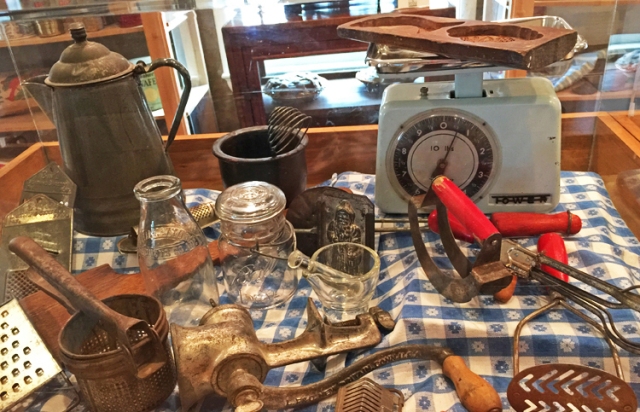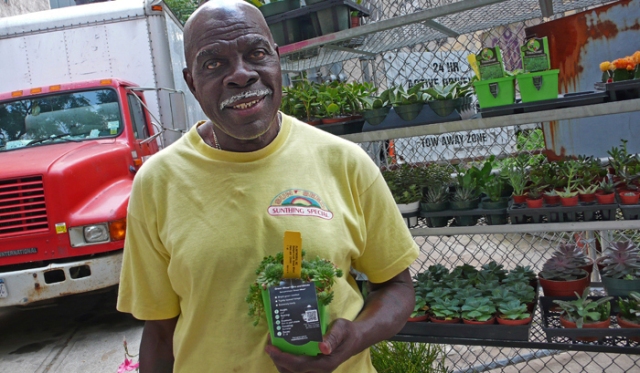When my friend Frana Baruch, artist, graphic designer and craft fair and flea market aficianado, first told me that the New York Sheep and Wool Festival was “the best thing ever,” I thought she was kidding. Well, several chapters of my upcoming novel, The Secret Buttons, take place on a sheep farm in England, and everything I learned about sheep and sheep-shearing came from watching YouTube videos. Yesterday was the perfect fall day—if a bit chilly—to take a drive up the Taconic Parkway and experience it myself, so why not learn firsthand?

It was a spectacular drive—peak leaf-peeking season—and Frana was more than 100 percent right. Sheep and Wool? Who knew? Thousands of people knew. 2015 was the 35th year of this two-day event at the Dutchess County Fairgrounds in Rhinebeck, NY, jam-packed with things to see and do.
First of all, there were the sheep. Every variety of sheep, from farmers across the country. And llamas and goats and rabbits, and every other animal from which come natural fibers for weaving and knitting.
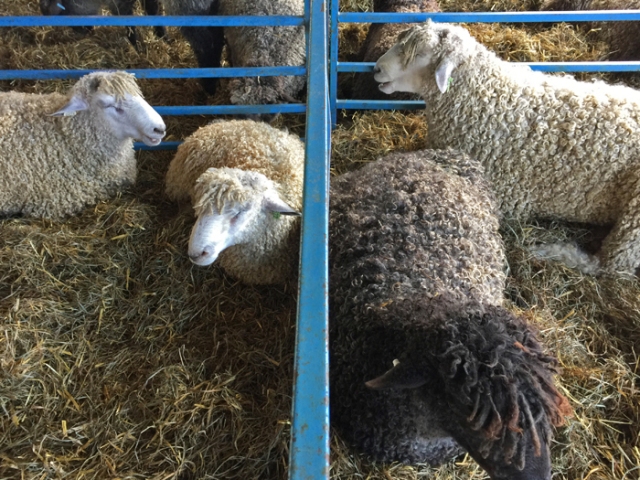


 And contests, for the best in each category, the animals trotted around the ring and shown by their proud owners.
And contests, for the best in each category, the animals trotted around the ring and shown by their proud owners.


The nonstop events, in addition to livestock displays, included workshops, demonstrations, book signings, lectures, plus eating and drinking—including samples from Hudson Valley wineries and cheesemakers.
It was fascinating to see that in this age of the iPhone 6 (with which these photos were taken) how many people are dedicated to the arts of raising sheep, shearing, working with natural vegetable dyes, spinning, and weaving, and of course designing garments and knitting.
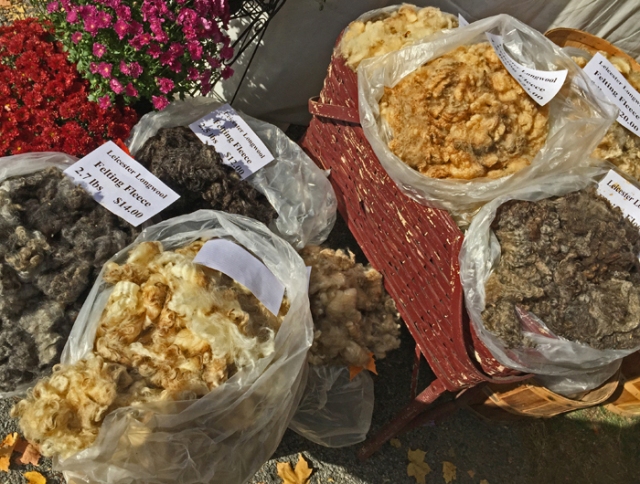
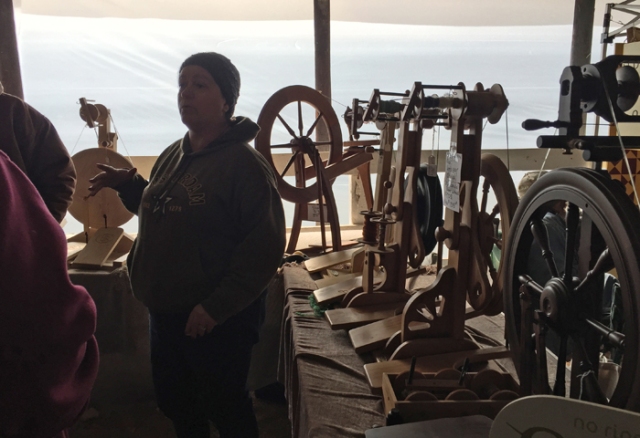
From the spun fibers come yarns in every weight and shade. Approximately 150 vendors participated, many of whom displayed garments made from their yarns, either for sale or as samples, with original patterns available. I especially liked the children’s sweaters, with sheep patterns knitted in, sold as kits.





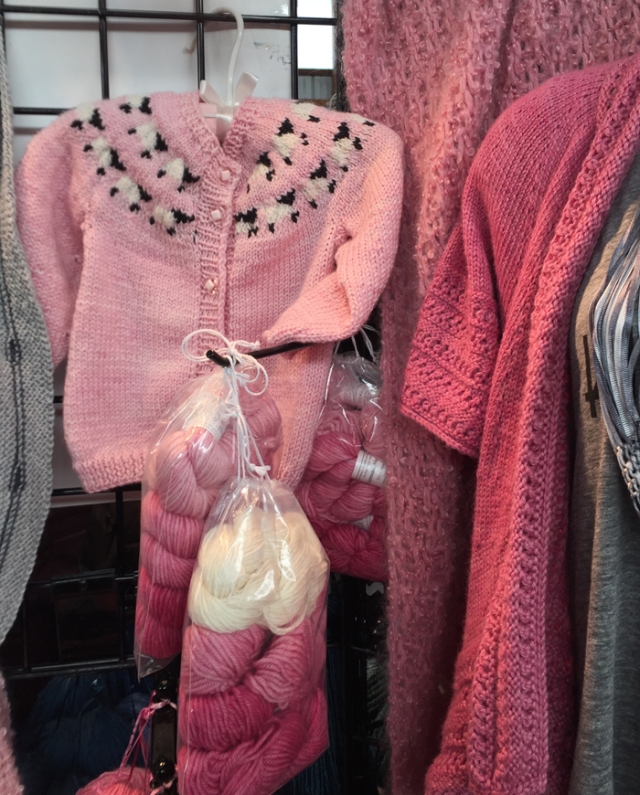

Other vendors sold books, knitting and weaving supplies, buttons, jewelry, decorative accessories, and more.


Frana, above right, bought sheepskin slippers and yarns for her art and knitting projects. I bought a hand-embroidered shawl and a “Bullseye Bump” from Loop Fiber Studio — described as “created spontaneously from a unique blend of fibers, colors and textures… Bullseye Bumps contain a continuous length of creatively carded roving.” (Roving, I’ve learned, is a preliminary step to spinning yarn. It’s wool sheared from the sheep, combed, washed, and carded, which involves arranging the fibers in the same direction so the wool can be twisted and spun into yarn.) “These rovings are wound into center-pull bums that produces whimsical, self-striping yarn that is delightful to spin.” And as demonstrated below by Loop owner and creator, Steph Gorin and me, her rovings can be delightful conversation-startiers to wear as a scarf, twisted, tied, or arranged any way you like.





 In June, I took cuttings from my daughter-in-law’s rooftop succulent collection in San Francisco.
In June, I took cuttings from my daughter-in-law’s rooftop succulent collection in San Francisco.



















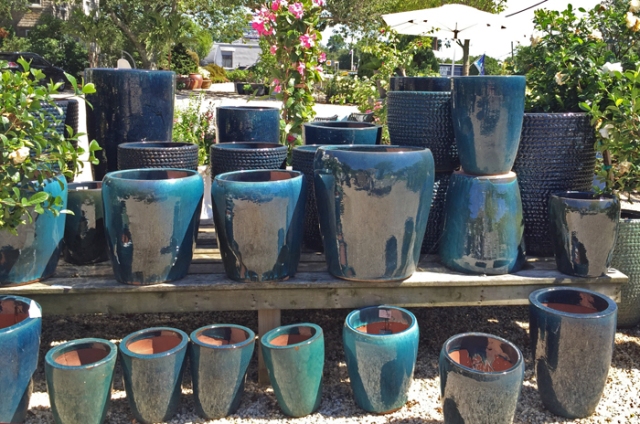


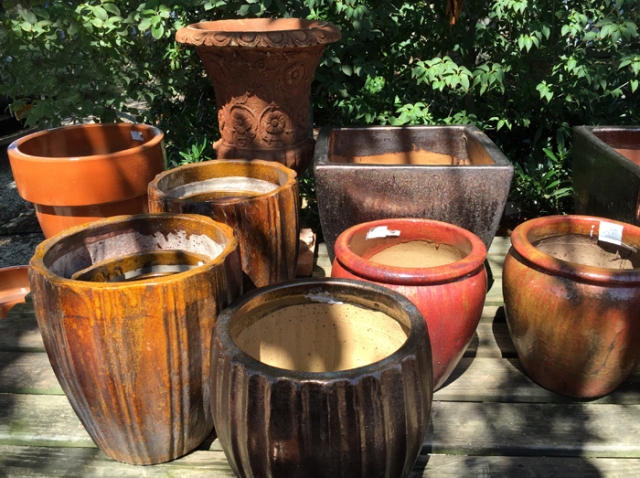




 From the outside, this year’s Hamptons Show House looks very much like so many of the $5 to $20 million properties for sale on the East End. There are the lawns, the pool, the tennis court, the decks set up for outdoor dining and lounging.
From the outside, this year’s Hamptons Show House looks very much like so many of the $5 to $20 million properties for sale on the East End. There are the lawns, the pool, the tennis court, the decks set up for outdoor dining and lounging.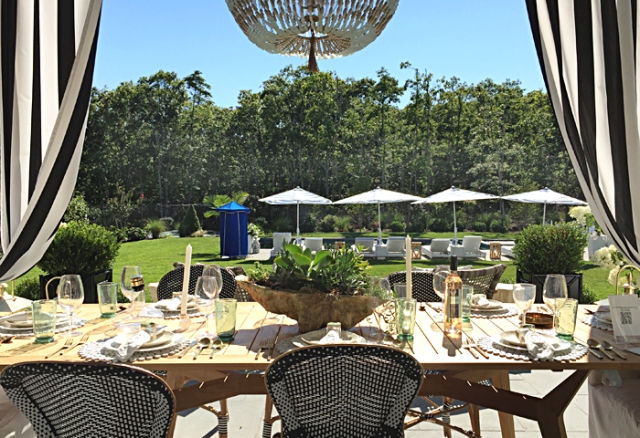







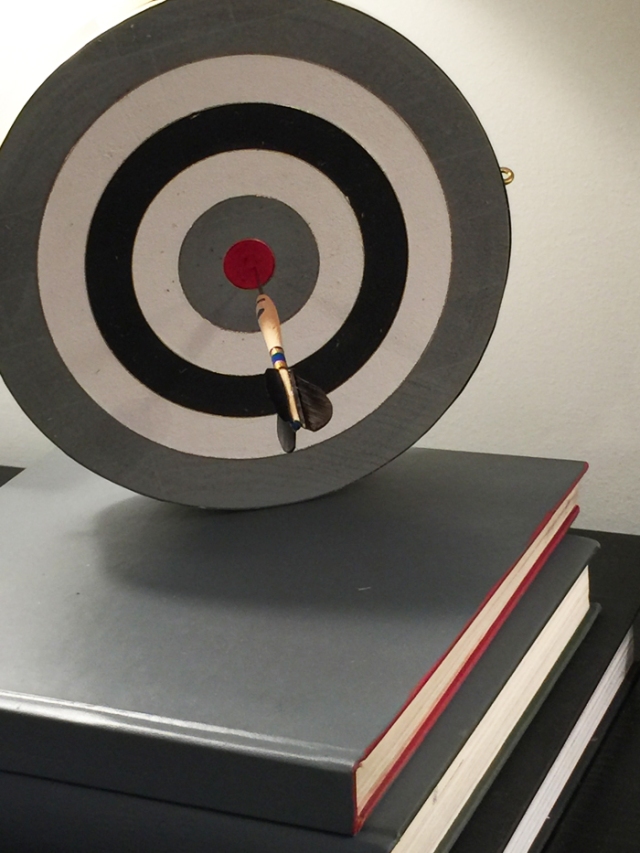










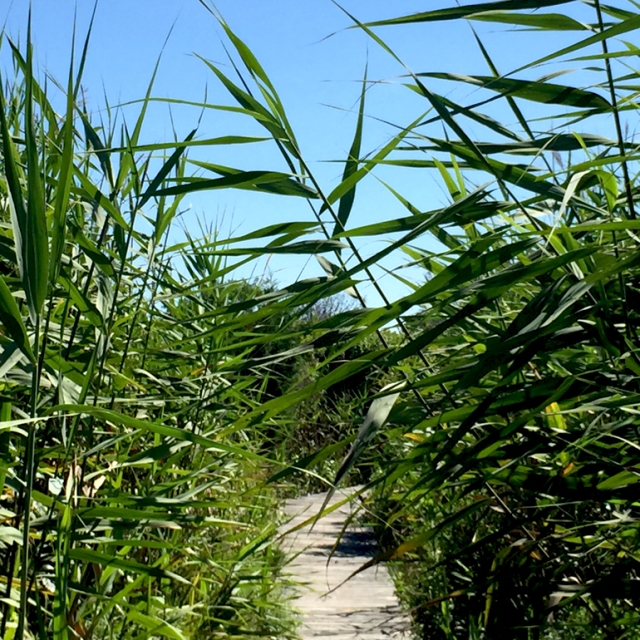




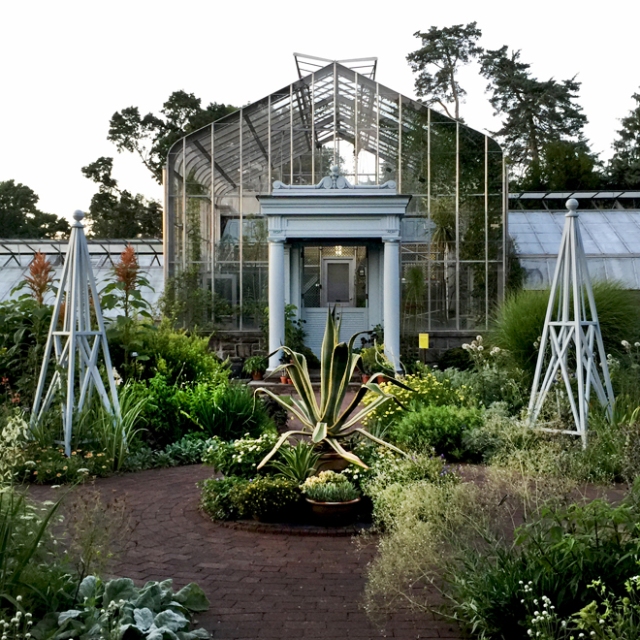
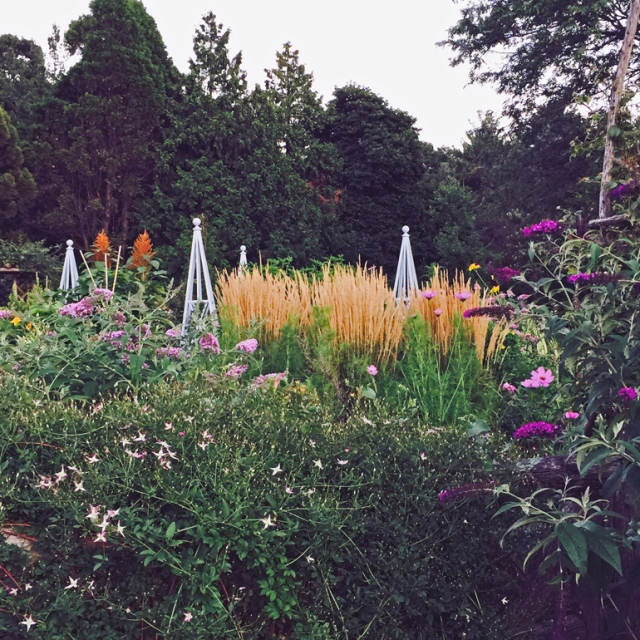


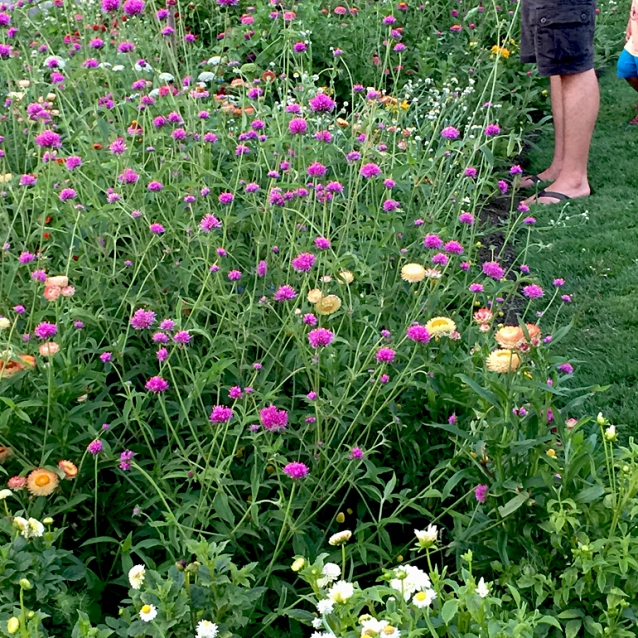



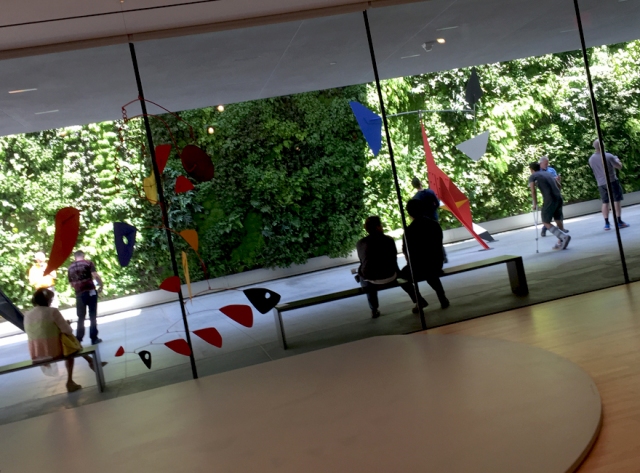




















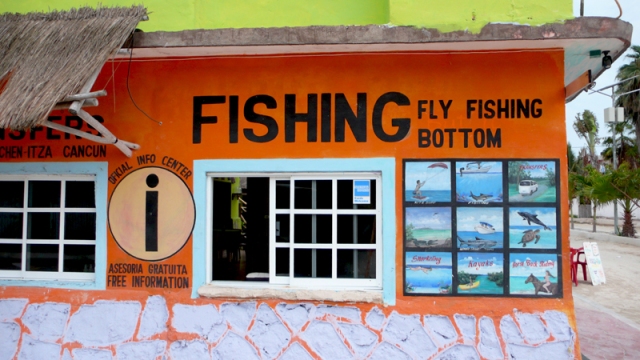

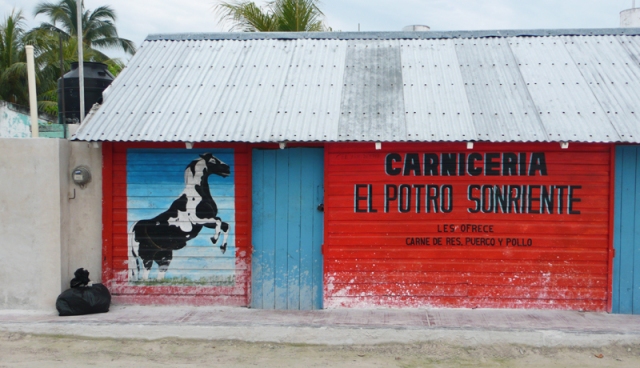



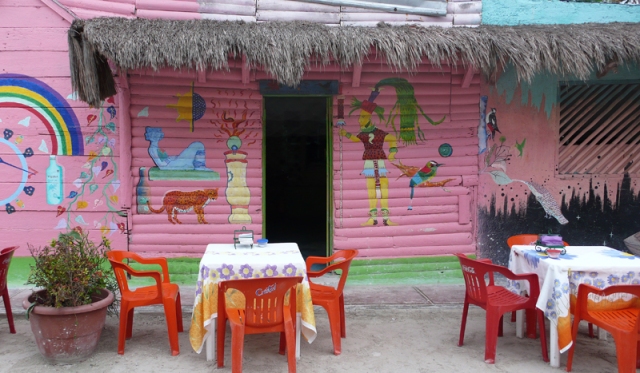
 Nice to wake up to. Not so nice if you’re planning to go somewhere. Luckily, I’m working at home today. Hope you are, too.
Nice to wake up to. Not so nice if you’re planning to go somewhere. Luckily, I’m working at home today. Hope you are, too. Last month, I had the pleasure of visiting the Freeman Store & Museum, a charming historic house in the
Last month, I had the pleasure of visiting the Freeman Store & Museum, a charming historic house in the 



